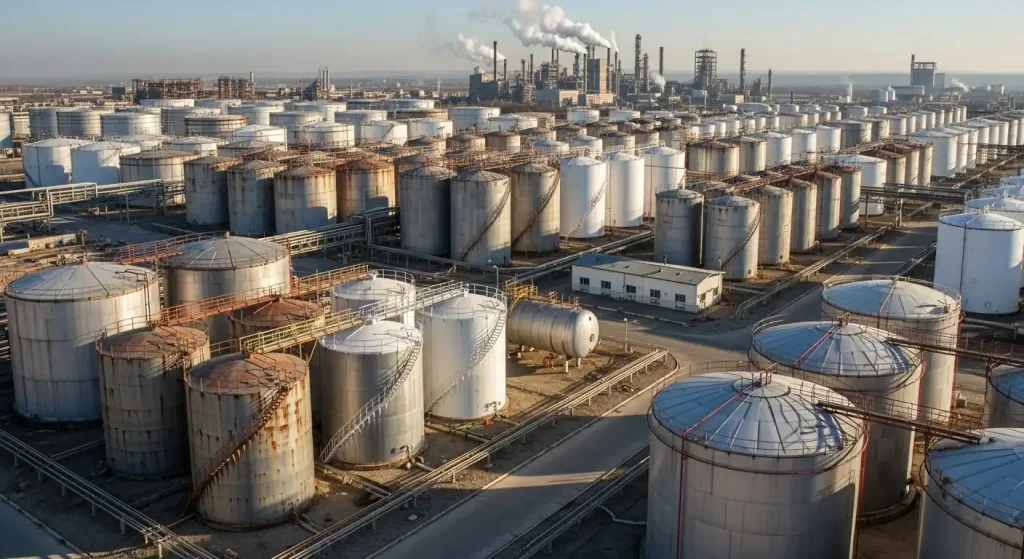
## Sand Filtration: A Timeless Technology for Clean Water
In a world increasingly concerned with water quality, sand filtration systems stand as a testament to the enduring power of simple, effective technology. From municipal water treatment plants to backyard ponds, these systems have been providing reliable and cost-effective water purification for centuries.
**The Science Behind the Sand:**
The core principle behind sand filtration is straightforward: water passes through a bed of sand, and the sand traps suspended solids, bacteria, and other contaminants. However, the magic lies in the details. Several mechanisms contribute to the filtration process:
* **Mechanical Straining:** Larger particles are physically blocked by the sand grains. This is the most basic and obvious mechanism.
* **Sedimentation:** Smaller particles settle within the spaces between sand grains.
* **Adsorption:** Organic matter and some contaminants adhere to the surface of the sand grains due to electrostatic forces.
* **Biological Action:** Over time, a biological layer, known as the “Schmutzdecke” (German for “dirt cover”), forms on the surface of the sand. This layer is a community of microorganisms that break down organic matter and further purify the water.
**Types of Sand Filtration Systems:**
While the basic principle remains the same, sand filtration systems come in various designs to suit different applications and scales:
* **Slow Sand Filtration (SSF):** This is the oldest and simplest type. Water flows slowly through a shallow bed of fine sand. SSF relies heavily on the Schmutzdecke for effective purification and is particularly effective at removing pathogens. It’s often used in smaller communities and developing countries.
* **Rapid Sand Filtration (RSF):** RSF uses coarser sand and higher flow rates than SSF. It requires pre-treatment (e.g., coagulation and flocculation) to remove larger solids before filtration. RSF is commonly used in municipal water treatment plants.
* **Pressure Sand Filtration:** Similar to RSF, but the water is forced through the sand bed under pressure. This allows for higher flow rates and smaller footprint, making it suitable for industrial applications and swimming pool filtration.
* **Upflow Sand Filtration:** Water flows upwards through the sand bed. This design can handle higher turbidity levels and is often used in wastewater treatment.
**Advantages of Sand Filtration:**
* **Cost-Effective:** Sand is a readily available and inexpensive material. Sand filtration systems are relatively simple to construct and operate, resulting in lower capital and operational costs compared to other treatment methods.
* **Effective Purification:** Sand filtration effectively removes suspended solids, turbidity, bacteria, and some organic matter, improving water clarity and safety.
* **Simple Operation and Maintenance:** With proper design and construction, sand filtration systems are relatively easy to operate and maintain.
* **Environmentally Friendly:** Sand filtration is a natural process that doesn’t require harsh chemicals or energy-intensive processes.
* **Long Lifespan:** With proper maintenance, sand filtration systems can last for decades.
**Disadvantages of Sand Filtration:**
* **Land Requirements:** Slow sand filters, in particular, require a significant land area.
* **Clogging:** The sand bed can become clogged over time with accumulated solids, requiring periodic backwashing or replacement of the sand.
* **Pre-treatment Requirements:** Rapid sand filters often require pre-treatment to remove larger solids before filtration.
* **Limited Removal of Dissolved Contaminants:** Sand filtration is primarily effective at removing particulate matter and microorganisms. It’s not as effective at removing dissolved chemicals or heavy metals.
**Applications of Sand Filtration:**
Sand filtration systems are used in a wide range of applications, including:
* **Municipal Water Treatment:** Providing clean drinking water to communities.
* **Wastewater Treatment:** Removing pollutants from wastewater before discharge.
* **Industrial Water Treatment:** Purifying water for various industrial processes.
* **Swimming Pool Filtration:** Maintaining clean and clear swimming pool water.
* **Aquaculture:** Removing solids and maintaining water quality in fish farms.
* **Rainwater Harvesting:** Filtering rainwater for potable and non-potable uses.
* **Home Filtration:** Providing clean water for domestic use in wells and other private water sources.
**Looking Ahead:**
Sand filtration continues to be a valuable tool for water purification in the 21st century. Ongoing research and development are focused on optimizing the design and operation of sand filtration systems to improve their efficiency and effectiveness. Innovations like the incorporation of bio-augmentation and advanced materials are further enhancing the capabilities of this timeless technology.
In conclusion, sand filtration is a proven and reliable method for water purification that offers a cost-effective and environmentally friendly solution for a wide range of applications. As the demand for clean water continues to grow, sand filtration will undoubtedly continue to play a vital role in ensuring access to safe and sustainable water resources.